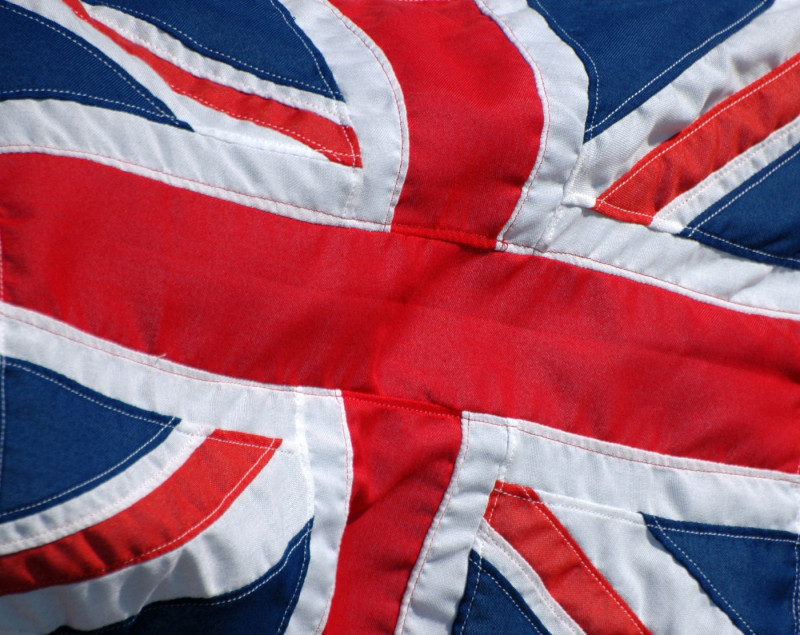NICE Favors Zolgensma Being Added to England’s Public Health Program

England’s National Institute for Health and Care Excellence (NICE) issued its final Zolgensma’s appraisal, recommending that the gene therapy be covered by the country’s national health service (NHS) and provided at low or no cost to eligible spinal muscular atrophy (SMA) patients.
The positive recommendation is consistent with England NHS’ March decision to fund the therapy, based on NICE’s draft guidance at the time. The therapy is being administered at different specialized centers, and a first child dosed at Evelina London Children’s Hospital on May 25.
Eligible patients include infants up to 12 months old with SMA type 1, a severe disease form, who do not need permanent ventilation for more than 16 hours per day or a tracheostomy. Zolgensma’s use in infants age 7 to 12 months should be approved by a multidisciplinary team of national SMA experts.
Babies still without symptoms (pre-symptomatic) but genetically diagnosed with SMA and carrying up to three copies of the “backup” SMN2 gene — meaning they are likely to develop type 1 or type 2 disease — are also eligible for the therapy as part of a managed access arrangement (MAA).
The MAA allows eligible pre-symptomatic babies access to Zolgensma while more data in this patient group are collected in the ongoing SPR1NT Phase 3 clinical trial (NCT03505099) to help address some of the uncertainties that exist.
This trial, expected to end by July, has provided strong evidence to date that Zolgensma’s single dose safely and effectively halts disease progression in pre-symptomatic babies, helping them achieve age-appropriate motor milestones.
Zolgensma was considered within NICE’s Highly Specialized Technologies program, which uses a higher threshold for cost-effectiveness, reflecting the difficulties of developing therapies for extremely rare conditions that may affect only a handful of patients every year.
Despite being the most expensive therapy yet approved — £1.79 million (about $2.48 million) per dose — NICE determined that Zolgensma’s use should be recommended, based on evidence of substantial benefit to young patients. These benefits include allowing infants and young children to reach normal developmental milestones, such as breathing without a ventilator, sitting up, crawling, and walking, as well as prolonging their lives.
An unspecified pricing agreement reached in March with Novartis Gene Therapies, which markets Zolgensma, also allowed the gene therapy to be available through the NHS in England.
NICE’s final recommendation is open to appeals by consultees up to June 18, with a final publication set for July 7.
According to SMA UK, Wales and Northern Ireland will follow NICE positions, while in Scotland the gene therapy has been offered since March to children with a clinical diagnosis of SMA type 1 or to pre-symptomatic babies expected to develop type 1 disease.
SMA UK, TreatSMA, and Muscular Dystrophy UK patient groups, as well as clinicians, worked together to advocate for Zolgensma’s access in the U.K.
These decisions come nearly 10 months after the therapy was conditionally approved by the European Commission for children with SMA type 1 weighing up to 21 kilograms (about 46 pounds) and pre-symptomatic babies carrying up to three SMN2 copies.
Zolgensma addresses SMA’s genetic cause by delivering a functional copy of SMN1, the mutated gene in SMA, to cells. This gene is critical for the health of motor neurons, the specialized nerve cells that control voluntary muscles, with its dysfunction leading to the characteristic muscle weakness and wasting seen in SMA patients.
Infused directly into the bloodstream at a dose proportional to a patient’s body weight, the gene therapy is available to SMA patients up to age 2 in the U.S. and Japan, and to those with type 1 disease or with three or fewer SMN2 gene copies in Canada.







